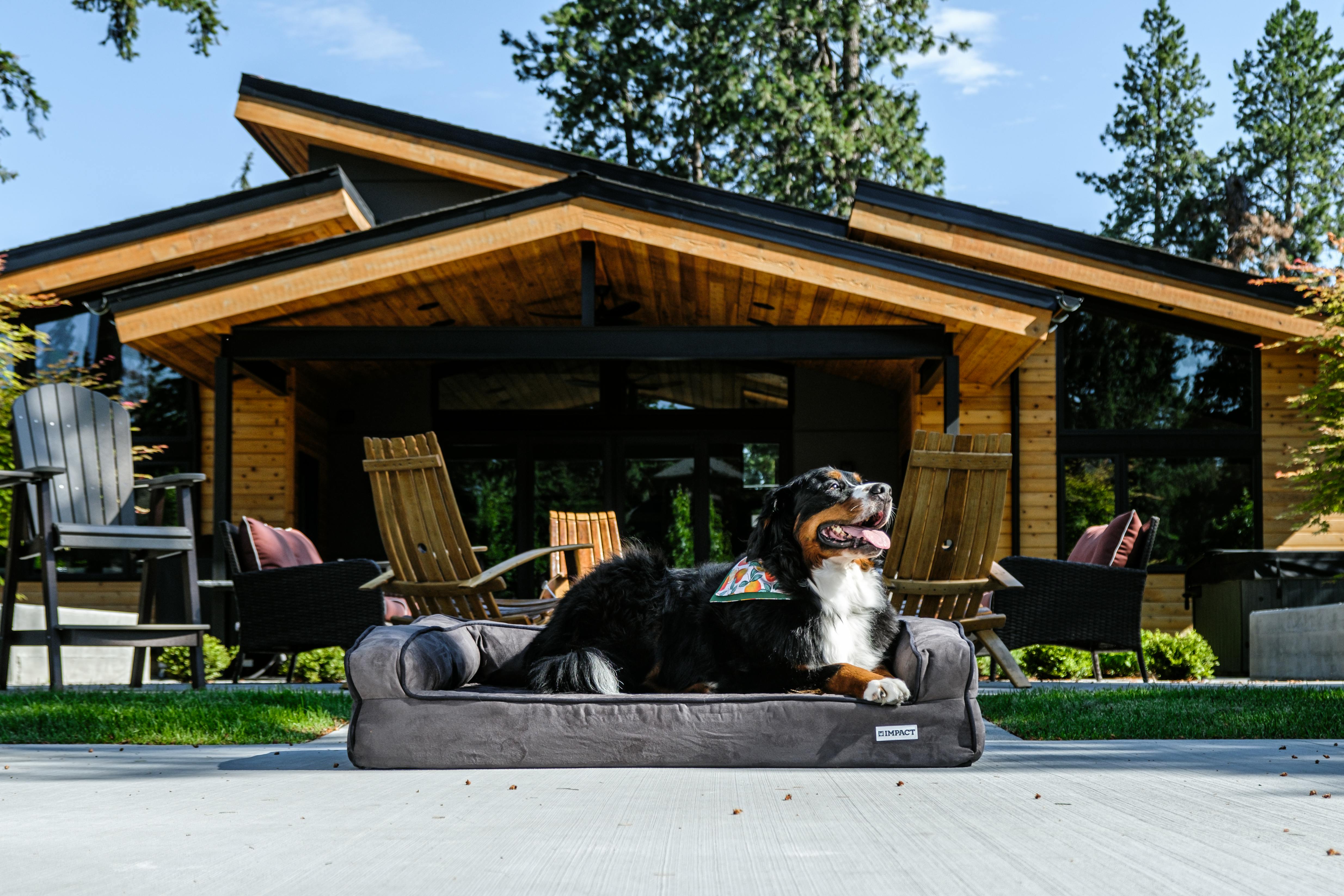Riding the Highs and Lows: Navigating Steep Hills on Your Bike
Are you ready to conquer those steep hills on your bike like a pro? Whether you’re a beginner looking to improve your skills or an experienced rider seeking new challenges, navigating steep inclines can be both exhilarating and daunting. In this guide, we’ll walk you through essential tips and techniques to help you handle those highs and lows with confidence. Let’s get started!
Understanding the Mechanics of Climbing
Climbing steep hills on your bike requires a solid understanding of the mechanics involved. It’s not just about brute force – it’s about using the right techniques to maximize your efficiency and minimize fatigue. By mastering the basics, you can make your climbs smoother and more enjoyable.
Gear Selection
Choosing the right gear is crucial when climbing steep hills. You’ll want to find a balance between a gear that’s easy enough to pedal but still allows you to maintain a good cadence. Shift into a lower gear before you start the climb to make it easier on yourself. As you gain momentum, you can gradually shift into higher gears to build speed.
Another important aspect to consider is your cadence – or how fast you’re pedaling. Aim for a consistent cadence of around 60-80 revolutions per minute (RPM) to keep your legs from burning out too quickly. Experiment with different gears and cadences to find what works best for you.
Climbing Techniques
Once you have the right gear selected, it’s time to focus on your climbing technique. Using proper form and strategy can make all the difference in conquering steep hills. Here are a few techniques to keep in mind:
Stay Seated
While standing up can give you extra power, it also tires you out more quickly. To conserve energy on long climbs, try to stay seated as much as possible. Keep your weight centered over the bike and your hands relaxed on the handlebars. This will help you maintain a steady rhythm and prevent unnecessary strain on your muscles.
Use Your Core
Engaging your core muscles can provide extra stability and power while climbing. Focus on keeping your torso steady and your back straight to maximize efficiency. Imagine pulling your belly button towards your spine to activate your core and improve your posture. This will help you transfer power from your legs to the pedals more effectively.
Lean Forward
Leaning slightly forward as you climb can help you maintain traction and balance. Shift your weight towards the front of the bike while keeping your hands light on the handlebars. This position allows you to engage your upper body more and distribute the workload evenly between your arms and legs. Experiment with different angles to find the optimal position for your body.

This image is property of images.pexels.com.
Pacing Yourself
One of the biggest challenges of climbing steep hills is pacing yourself effectively. It’s easy to go full throttle at the beginning, only to burn out halfway up. By learning to pace yourself strategically, you can conserve energy and maintain a steady effort throughout the climb. Here’s how to do it:
Start Slow
Resist the urge to sprint at the beginning of a climb – this will only tire you out quickly. Instead, start at a moderate pace that allows you to settle into a rhythm. Focus on your breathing and pedal at a cadence that feels sustainable. Remember, it’s a marathon, not a sprint.
Break It Down
Divide the climb into manageable sections to make it feel less overwhelming. Set small goals for yourself, such as reaching a certain tree or rock before taking a quick breather. By focusing on short intervals, you can maintain motivation and prevent mental fatigue. Celebrate each small victory along the way!
Maintain Momentum
Once you find your rhythm, try to maintain a steady momentum throughout the climb. Avoid sudden accelerations or gear shifts that can disrupt your flow. Use your gears wisely to adjust your effort based on the terrain – shift into an easier gear for steeper sections and a harder gear for flatter sections. Smooth transitions will help you conserve energy and stay on track.
Handling Descents
Descending steep hills can be just as challenging as climbing them. Maintaining control and confidence on the downhill requires a different set of skills and strategies. By mastering these techniques, you can navigate descents safely and smoothly. Here’s what you need to know:
Braking
Proper braking technique is essential when descending steep hills. Avoid slamming on the brakes or gripping them too tightly, as this can cause your wheels to lock up and skid. Instead, feather your brakes lightly to control your speed without losing traction. Shift your weight towards the back of the bike to stabilize yourself and prevent flipping over the handlebars.
Look Ahead
Always keep your eyes focused on the path ahead to anticipate any obstacles or changes in terrain. Look for the smoothest line down the hill and adjust your speed and position accordingly. Avoid fixating on your front wheel – instead, scan the trail ahead for the best route. This will help you react quickly and make split-second decisions as needed.
Body Position
Maintaining a balanced body position is key to descending safely. Shift your weight towards the rear of the bike to maintain stability and traction. Keep your arms and legs relaxed to absorb bumps and maintain control over rough terrain. Hover over the saddle slightly to allow for quick movement and adjustments. Practice finding the right balance between control and agility.

This image is property of images.pexels.com.
Climbing and Descending Etiquette
When riding on shared trails or roads, it’s important to be mindful of other users and follow proper etiquette. Practicing good manners and safety protocols can make your rides more enjoyable for everyone. Here are some etiquette tips to keep in mind:
Yield the Right of Way
When climbing or descending, yield the right of way to other trail users. If you encounter hikers, runners, or other cyclists, slow down and make room for them to pass safely. Signal your presence with a friendly greeting or bell ring to alert them to your approach. Show respect for other users and share the trail responsibly.
Stay Alert
Maintain awareness of your surroundings at all times to avoid collisions or accidents. Be mindful of blind corners, hidden obstacles, or sudden changes in terrain. Scan the trail ahead for potential hazards and adjust your speed and position accordingly. Communicate with other riders using hand signals or verbal cues to signal your intentions.
Leave No Trace
Practice Leave No Trace principles by minimizing your impact on the environment. Stay on designated trails and avoid cutting switchbacks or creating new paths. Pack out all trash and litter to keep the trails clean and pristine. Respect wildlife and natural habitats by observing from a safe distance. Leave the trail better than you found it for future generations to enjoy.
Conclusion
Navigating steep hills on your bike is a thrilling and rewarding experience that requires skill, focus, and determination. By understanding the mechanics of climbing, mastering essential techniques, and practicing good etiquette, you can become a more confident and capable rider. Remember to stay patient, stay positive, and stay safe on your biking adventures. So gear up, get out there, and embrace the highs and lows of the journey ahead. Happy riding!